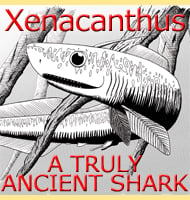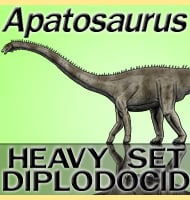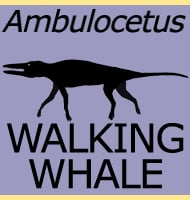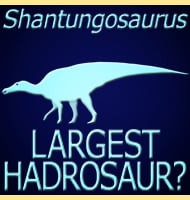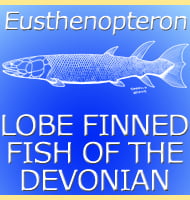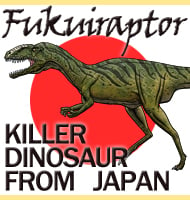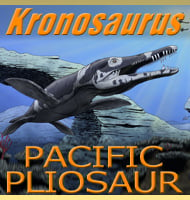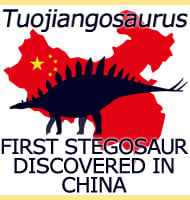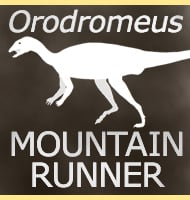In Depth
Anchisaurus was originally named Megadactylus polyzelus by Edward Hitchcock; however after his death it was realised that that Megadactylus had already been used to name another creature, and so it could not be used. Later in 1885, the famous American palaeontologists Othniel Charles Marsh renamed the fossils Anchisaurus, as well as identifying the remains as being those of a dinosaur.
The exact classification of Anchisaurus has long been a subject of debate, with some sources labelling it as a prosauropod, while later thinking places it as a sauropodomorph. Additionally another genus called Ammosaurus has been regularly speculated to be the same dinosaur as Anchisaurus even though there are some differences in the pelvis and hind feet between these two genera. Regardless of its exact placement, Anchisaurus is a representative of the kinds of dinosaurs that would steadily grow bigger and become the quadrupedal sauropods of the later Jurassic.
The blunt teeth and jaw construction of Anchisaurus have been interpreted as clear signs that Anchisaurus was a plant eating dinosaur. Additionally the body is shaped to allow for an increased gut area for the digestion of plant matter. Some palaeontologists have speculated however that Anchisaurus may have eaten meat since the eyes still face partially forward rather than to the sides like most plant eating animals that are usually prey for meat eaters. Additionally the ‘thumb’ digit (actually a reversible first digit) had a claw sharpened beyond that necessary for a herbivore. However what is certain is that dinosaurs like Anchisaurus were descended from meat eating ancestors, and with this in mind it is reasonable to speculate that the partially carnivorous/predatory features present in Anchisaurus may just be relict features that were yet to evolve out.
Further Reading
– Restoration of Anchisaurus. – American Journal of Science. 45 (266): 169–170. – O. C. Marsh – 1893. – Anchisaurus polyzelus (Hitchcock): The smallest known sauropod dinosaur and the evolution of gigantism among sauropodomorph dinosaurs. – Postilla. 230: 1–57. – A. yates – 2004. – A revision of the problematic sauropodomorph dinosaurs from Manchester, Connecticut and the status of Anchisaurus Marsh. – Palaeontology 53(4):739–752. – A. yates – 2010.

